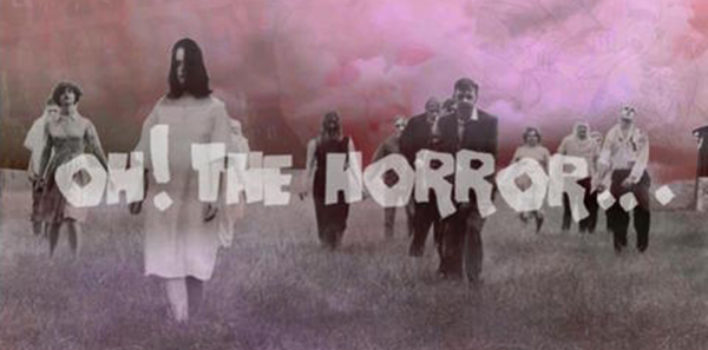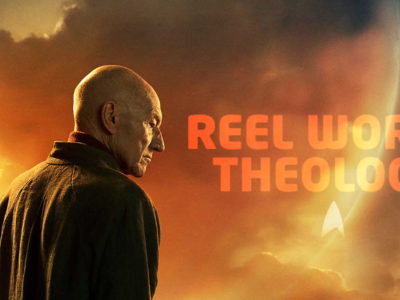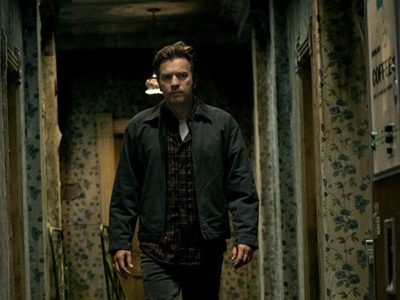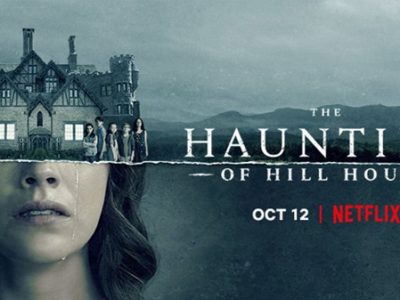Oh! The Horror… | Of ‘Ouija: Origin of Evil’ (2016)
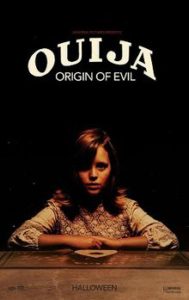 The problem with being a genre film fan and critic is at some point the surprises stop happening, the cinematography stops being impressive and each genre film becomes an amalgam of prior films seen already. Horror may be the genre that falls into this trap the easiest. It is extremely hard to do something unique that doesn’t feel like a tweaked version of this film or that film. Part of this for the genre film critic is a growing inability to see the trees for the wood, see the individual films apart from their cinematic influences. This is not to say that placing a film within its historical context and the influences it touches is a bad thing, but dare I say it sometimes can become the ultimate thing. In other words, it becomes easier and easier for me to dismiss new horror films, especially mainstream fare.
The problem with being a genre film fan and critic is at some point the surprises stop happening, the cinematography stops being impressive and each genre film becomes an amalgam of prior films seen already. Horror may be the genre that falls into this trap the easiest. It is extremely hard to do something unique that doesn’t feel like a tweaked version of this film or that film. Part of this for the genre film critic is a growing inability to see the trees for the wood, see the individual films apart from their cinematic influences. This is not to say that placing a film within its historical context and the influences it touches is a bad thing, but dare I say it sometimes can become the ultimate thing. In other words, it becomes easier and easier for me to dismiss new horror films, especially mainstream fare.
However, every so often a mainstream horror film comes along that takes me by surprise and finds a nice cozy little place within the darkened recesses of my heart. From the outset, Ouija: Origin of Evil doesn’t seem like a film that would really capture my attention. I find that the most contemporary film to compare it to would be The Conjuring in tone and how it is composed. I respect and appreciate James Wan’s film, but, unlike many of my fellow horror fans, it didn’t connect with me beyond my appreciation for the craft and the occasional jarring scene. Ouija, though I think technically inferior to The Conjuring, was more effective in engaging me…and I have no idea why. It is times like these that only French can make my inability to explain myself sound intelligent: Ouija has a whole lot of je ne sais pas ce que.
In the few days since I have seen the film, I’ve been trying to figure out what it is about Ouija that endeared me to it and I think there are a few possibilities for this reality:
- Lowered Expectations –
I never saw the first Ouija—and not entirely sure I ever will—but I know that it was nearly universally panned as a mainstream horror film that lacked any kind of creativity or vision or even just a clever riff on films that had gone before it. This has become the stereotype for films made after games, video games, toys, etc. Perhaps too much commercialism involved for creativity to flourish. The Ouija board is a Hasbro property so perhaps going into Ouija expecting the film to fall into line of “those films” made my expectations low enough to appreciate and be engaged in what I consider to be a solid bit of journeymen directing and screenwriting. That is a definite possibility.
- The Horror Visuals –
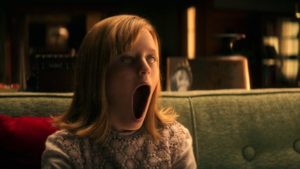 What is considered scary in horror is largely subjective. It depends on each person’s fears and specific quirks as to whether something will get under their skin or not. For whatever reason, Lulu Wilson’s Doris Zander character was incredibly effective at delivering some creepy, sinister moments while possessed by the demon/spirit. The threats of violence delivered in a prim and proper delivery and the movements of her head and body throughout the movie gave the film a distinctly Exorcist-like element that I found to be very effective. While the jump scares in The Conjuring were effective and the tension palpable, I found that Ouija: Origin of Evil had enough of an edge of nastiness to hit a little harder with the scares.
What is considered scary in horror is largely subjective. It depends on each person’s fears and specific quirks as to whether something will get under their skin or not. For whatever reason, Lulu Wilson’s Doris Zander character was incredibly effective at delivering some creepy, sinister moments while possessed by the demon/spirit. The threats of violence delivered in a prim and proper delivery and the movements of her head and body throughout the movie gave the film a distinctly Exorcist-like element that I found to be very effective. While the jump scares in The Conjuring were effective and the tension palpable, I found that Ouija: Origin of Evil had enough of an edge of nastiness to hit a little harder with the scares.
- The Ending
Quite simply, I tend to respect horror that is willing to not end on a happy note. The Conjuring, being more of a vehicle to tell the Ed and Lorraine Warren story, finds the evil spirits defeated. The family can move on with their lives and the Warrens put another notch on their belt. It is effective in what it does, however sometimes I feel horror needs to end badly because in the world sometimes evil wins and claims its victims. This one ends with death and decay at the hands of the evil conjured by the Ouija board. For a Hasbro property, this film takes a decidedly darker turn that one would not normally find in this type of movie. I felt the ending was a satisfying and compelling way to speak to the destruction and decay that evil can create in the world. It is a nice reminder that evil isn’t ours to conquer.
- Mike Flanagan
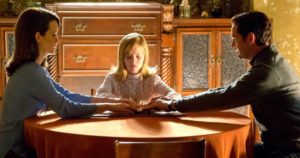 Going back to the solid journeyman nature of the directing, Flanagan has been a pretty solid name within the horror genre since his indie feature, Absentia, was released back in 2011. Along with Oculus and Hush, he has shown himself to have a grasp on the genre while incorporating well-drawn characters into his fright fests. Though his directing is not flashy, he is able to keep the pacing consistent and build the tension patiently throughout the runtime. I think where Flanagan stands out is his knack for making films that never feel like blockbuster affairs. Special effects have the ability to draw us into the narrative of the film or completely take us out of them depending on whether they are done effectively or not. Flanagan uses those effects sparingly in Ouija and, when they do happen, they hit more often than they miss.
Going back to the solid journeyman nature of the directing, Flanagan has been a pretty solid name within the horror genre since his indie feature, Absentia, was released back in 2011. Along with Oculus and Hush, he has shown himself to have a grasp on the genre while incorporating well-drawn characters into his fright fests. Though his directing is not flashy, he is able to keep the pacing consistent and build the tension patiently throughout the runtime. I think where Flanagan stands out is his knack for making films that never feel like blockbuster affairs. Special effects have the ability to draw us into the narrative of the film or completely take us out of them depending on whether they are done effectively or not. Flanagan uses those effects sparingly in Ouija and, when they do happen, they hit more often than they miss.
Those are the best reasons I can discern for why I came out of the theater smiling like a little kid. I am just glad to know that I wasn’t the only one who found the film to be highly enjoyable and an above average entry into the more mainstream horror fare—since it currently sits at 81% at Rotten Tomatoes. Apparently, the nicely drawn characters, the steady pacing and the particularly dark ending that one no longer comes to expect from movies made for consumption by a broader age group struck other critics and fans as well making this potentially my personal sleeper horror film of the year. Unlike the last few years where a sleeper pick like this would have easily made it onto my list, 2016 has been very good to horror fans with several quality submissions into the horror genre. Needless to say, it is films like Ouija: Origin of Evil that give me hope once again that a horror renaissance doesn’t necessarily have to only exist within the realms of indie filmmaking.


